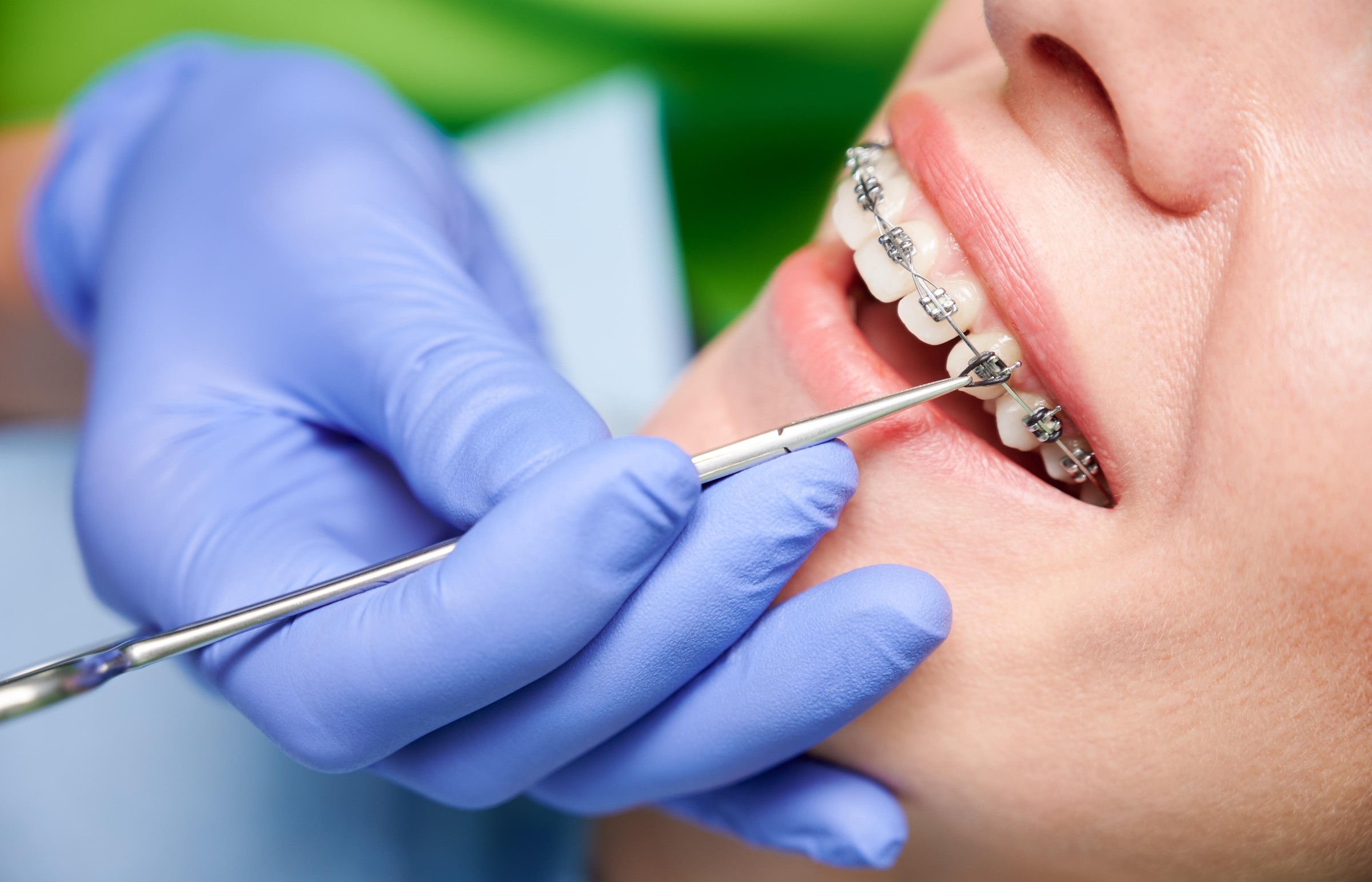What is Orthodontics?
Orthodontics is a specialty within dentistry that focuses on aligning the teeth and jaws to improve a person's smile and oral health. Orthodontists use braces, clear aligners, and other dental devices to correct irregularities in teeth positioning and jaw alignment, enhancing both functionality and aesthetics of the mouth.


